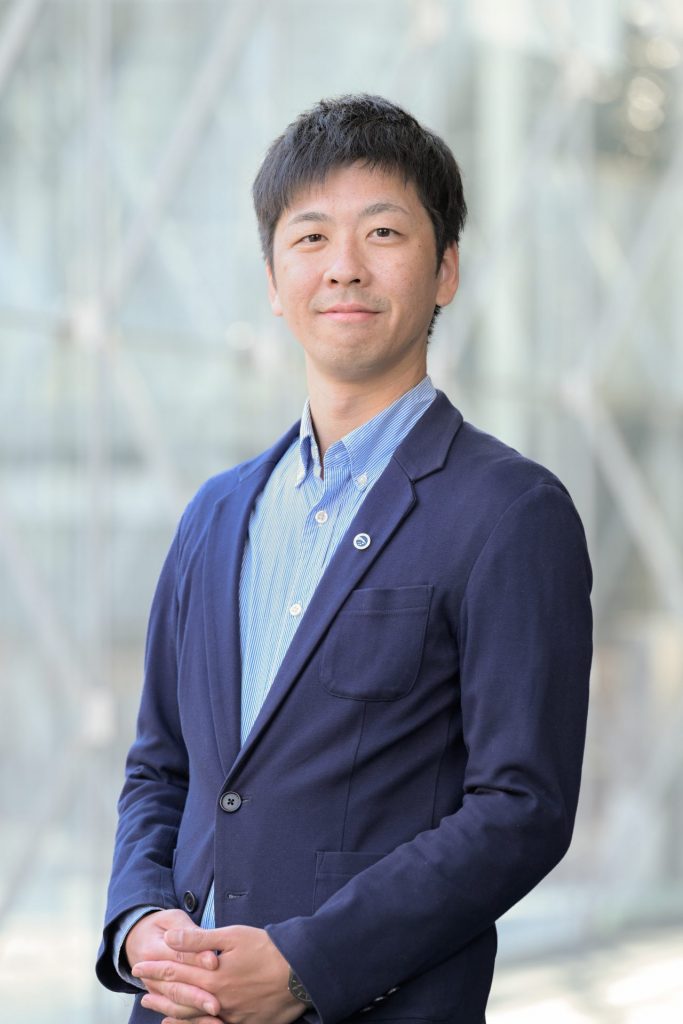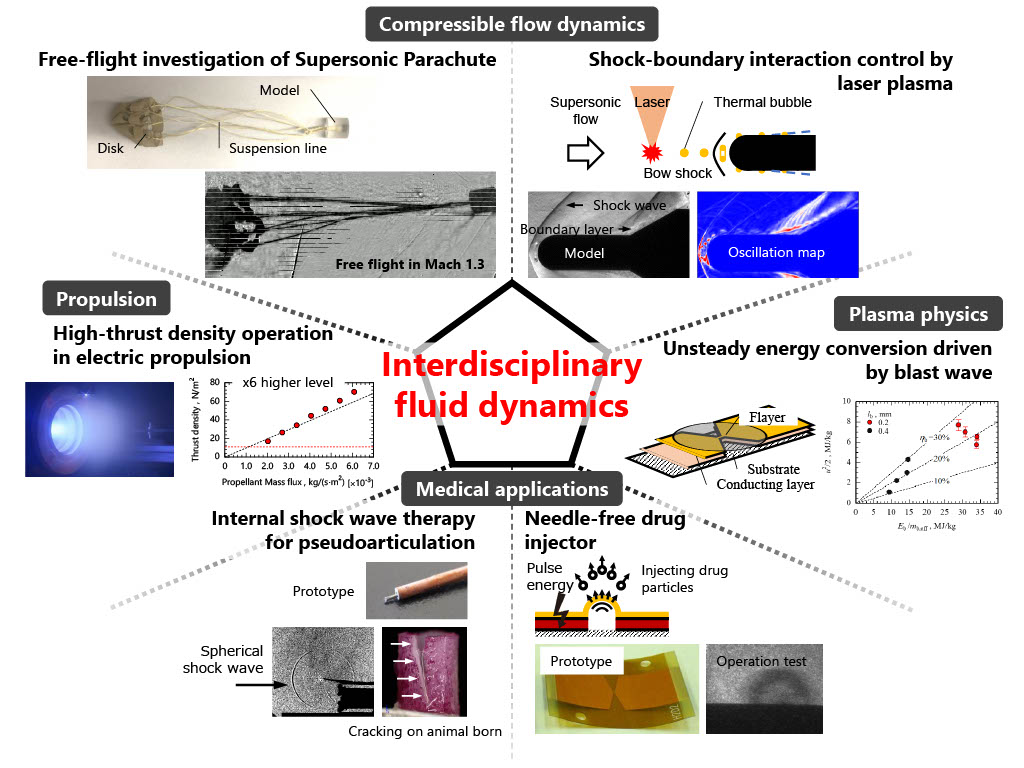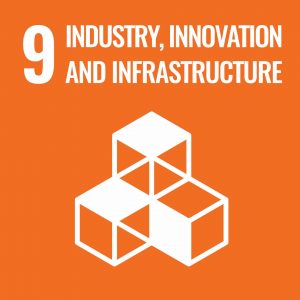Compressible fluid dynamics
Plasma physics
Propulsion engineering

ICHIHARA Daisuke[Affiliation April 2022-March 2024]
Starting year 2022
Nagoya University
Graduate School of Engineering
Assistant Professor
Research Areas:Frontier Technology (Aerospace Engineering, Marine and Maritime Engineering)
Research fields
Research Interests
Shock wave
High enthalpy flow
Low temperature plasma
Electric propulsion
Professional Memberships
The Japan Society for Aeronautical and Space Sciences
Main research topics
I have been engaged in research on electric propulsion, focusing on propulsion via the reaction force of plasma generated by ionizing propellants, generally used in space probes. A new plasma acceleration method (a fusion of existing methods) is proposed, and its superiority has been experimentally demonstrated. In addition, I have been engaged in research on compressible fluid dynamics, such as turbine-less pressure boosters using electromagnetic force, boundary layer control of supersonic flow, free-flight experiments of supersonic parachutes for Mars landings, space debris removal using lasers, as well as research on unsteady electric–kinetic energy conversion via blast waves. These research activities cover a wide range of aeronautical and space engineering subjects, leading to the establishment of “Interdisciplinary fluid dynamics”—a research area at the boundary between propulsion engineering, plasma physics, and supersonic fluid mechanics. My research pursuits intersect with many fields of scientific endeavor with significant application scope. I am currently working to enter the field of medicine—matching technological “seeds” with onsite “needs,” and engaging in interdisciplinary collaborative research with “shock wave engineering” as the key concept. Specifically, I am in the midst of joint research with companies in Japan, including on-campus research from the Faculty of Engineering and the Faculty of Medicine. This collaborative research between medicine and engineering involves (1) the development of a “needle-free drug delivery” to promote self-medication, and (2) the “establishment of a new therapeutic method for pseudoarthrosis” that is effective and minimally invasive.





Representative papers
D. Ichihara et al., “Electrostatic–magnetic hybrid ion acceleration for high-thrust-density operation,” J. Appl. Phys. 130, 223303 (2021).
D. Ichihara et al. “Energy conversion efficiency of electrical exploding foil accelerators,” AIP Advances 11, 095203 (2021).
Research URL
researchmap https://researchmap.jp/7000027035
Laboratory Website http://akagi.nuae.nagoya-u.ac.jp/
Global issues to be solved through this project
The global issue of the lack of international regulatory standards for spacecraft re-entry emissions
When space debris, such as spacecraft, is incinerated after re-entry into the atmosphere, a large number of fine particles, mainly composed of aluminum, are generated. Aerosols from space debris cause changes in precipitation distribution due to anomalous sunlight reflection and health hazards due to contact decomposition of the ozone layer and are feared to increase the climate crisis for future generations through irreversible changes in the Earth’s atmosphere. The ultimate goal of this research is to realize sustainable space development considering the resilience of the Earth’s atmosphere and propose a science- and technology-based governance system that coordinates the knowledge of different fields for establishing international regulatory standards necessary for such development.
Interview
News
-
お知らせ
Nagoya University T-GEx Fellow Dr. ICHIHARA Daisuke’s syringe that can inject drugs without a needle was featured in NIKKEI(Nihon Keizai Shimbun).
-
お知らせ
T-GEx Fellow Dr. ICHIHARA Daisuke, Nagoya Univeresity, received the Excellence Award at the Aichi Prefecture Wakashachi Encouragement Award.
-
お知らせ
A paper by T-GEx Fellow Dr. ICHIHARA Daisuke, Nagoya University, was published in “AIP Advances” and selected as a Featured Article.
-
お知らせ
2022 Seeds Joint Research Fund has been completed.
-
お知らせ
The 2nd Kick-off meeting for AY2022 was held.
-
お知らせ
The name was changed to T-GEx Fellow and T-GEx Associate.
-
お知らせ
Academic Mentor for FY2022 T-GEx Fellows has been decided.
-
お知らせ
The 1st kick-off meeting for AY2022 T-GEx Fellows was held.
-
お知らせ
The 6 T-GEx Fellows were selected for AY2022 T-GEx program.

